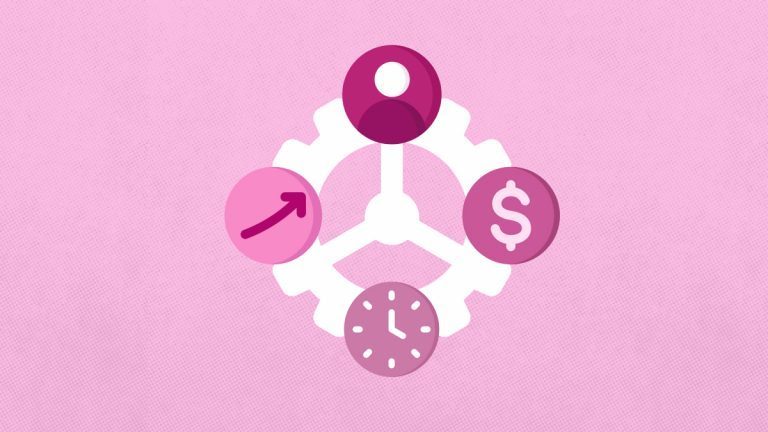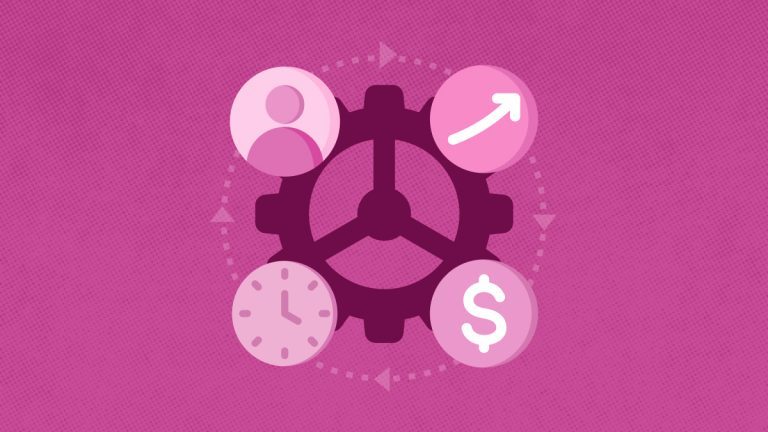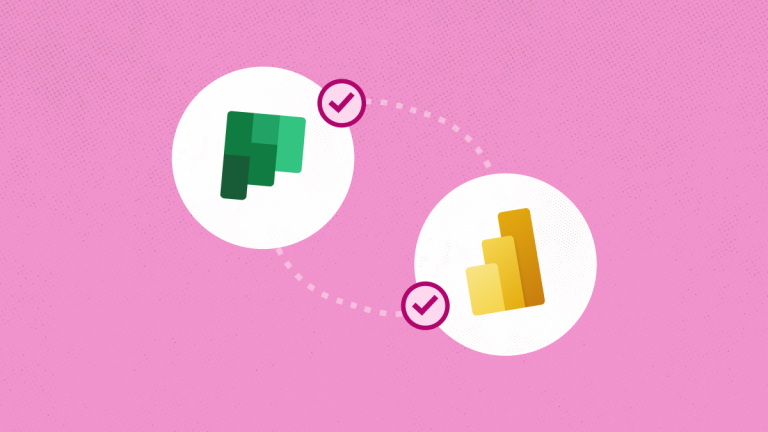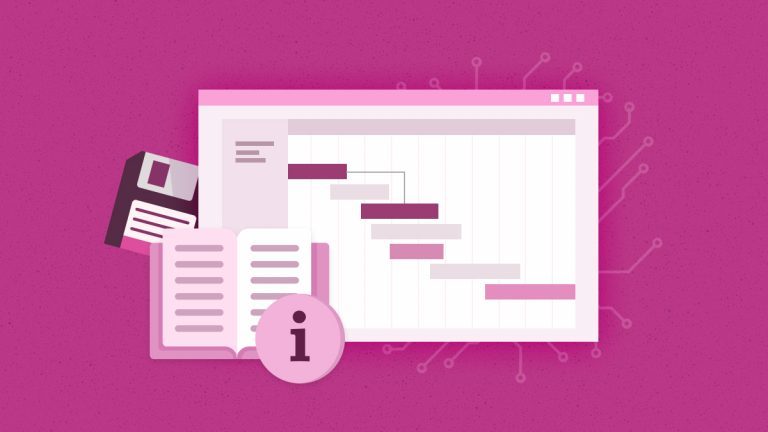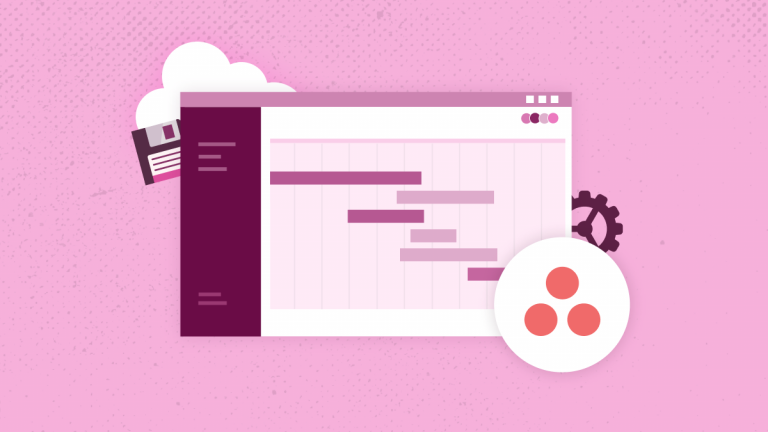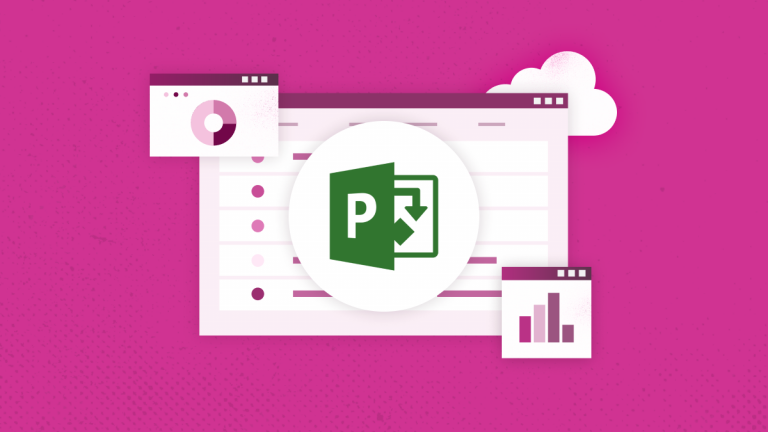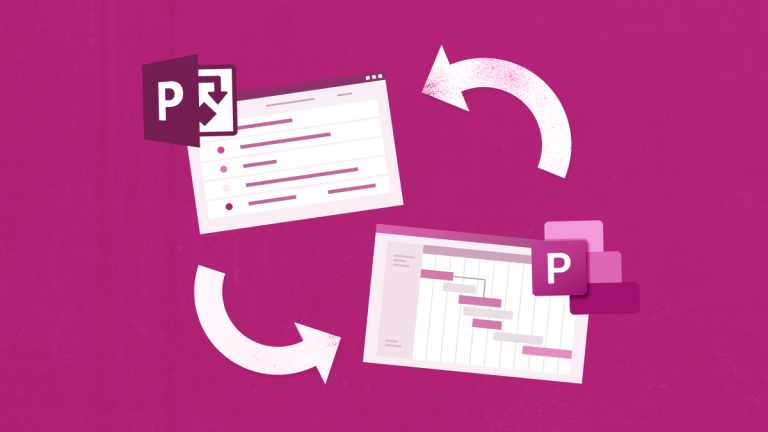
Anna Shalomova
PPM Consultant
Projects are the starting point, the raw materials that organizational change management deals with. This work bridges the gap between projects and operations. Aubry & Hobbs’ research shows both growing demands for competent PMOs, while the organizational PMO life expectancy is about two years. Currently, only about 50% of these PMO changes consider change management practices.
Why don’t PMOs, critical players in an organization, change? Organizational change management professionals focus on people—the adjustments aim to avoid stress and disruption for employees affected by the change. The perception of project management is tangible deliverables that enable change but are not a part of the change process. The difference can be more effective if PMOs are a part of the process.
Practical five-step guide of the change life cycle and the project plan in organizations
Each of these steps integrated into your project life cycle is designed to contain the processes and deliverables, including the project schedule and planning activities.
- Initiation – formulate change and identify and clarify the need for change, assess readiness for change, and delineate the scope of change.
- Planning is about defining the change approach and planning stakeholder engagement, transition, and integration.
- Execution – implementing the change by preparing the organization for the change, mobilizing the stakeholders, and delivering project outputs.
- Monitor and Control – managing the change transition by transitioning the project outputs into business operations, measuring the adoption rate and the change outcomes and benefits, and adjusting the plan to address discrepancies.
- Sustaining the change on an ongoing basis through communication, consultation, and representation of the stakeholders; conducting sense-making activities and measuring benefits realization.
Initiation
Initial gap analysis is the starting step for the change; it helps create a specific scope. This initial phase should be built around an analysis of the current situation. Interviews with stakeholders, reviewing pre-existing documentation and processes, and generating a formalized readiness assessment are building blocks of the gap analysis. The readiness assessment will check the organization’s readiness for change and overall level of maturation. This first step can be significant in:
- supporting introductions to key stakeholders and creating a venue for these stakeholders to have an initial point of contact to the project that will ultimately impact them;
- informing the stakeholders of the high-level plan to address key concerns (e., their concerns are being heard, will be addressed, and the stakeholders’ concerns are validated);
- passively encouraging the stakeholders to change.
Planning
Planning the change is the second step. Create a plan based on all of the data gathered during the first step. In this stage, a high-level schedule—based on the deliverables—is beneficial.
Deliverables such as new processes, organizational structure, project management methodology adjustments, etc., are scheduled to impact an organization’s processes. The scheduling should also be set up with the psychology of change management in mind.
Execution
The third step in setting up the new or revised PMO is implementing the changes. This involves executing the plan created, emphasizing stakeholder engagement and communications.
Monitor
The fourth step of the change initiative is to monitor and adjust the plan as needed during the transition. This step incorporates the project manager, sponsorship, and team proactively anticipating stakeholder reactions to the discomforts of change and reaching out to each stakeholder per the communications plan identified in the planning process.
“Throughout the change initiative, it is beneficial for the team to be populated with folks empowered to remove barriers, and that “visible, significant short-term wins” should be celebrated to reward the energy and dedication and continuously build buy-in to the cause for change.
Sustain
Sustaining the change is a crucial fifth step. Considering that the business environment, capabilities, and requirements change, the PMO’s business model and support criteria may also change. The PMO plays a role in facilitating the desired changes. This function demands a perspective of continuous improvement and adaptation instead of a long-standing, static process. Practitioners describe this as a continuous life cycle and incorporate a cyclic review of organizational requirements, by regularly assessing the data created by the new processes and making adjustments as needed, the PMO transitions to an adaptive support unit.
“… a “sense of urgency” is required to kick off a change initiative, and this sense of urgency should be focused on a single “big win” created and reinforced at the top of the organization. This big win should be captured in the business case for action. The project manager for the PMO change initiative can leverage the business case as a kick-off point to create this sense of urgency and align executive support as necessary.” John Kotter, Harvard Business Review.
PMO Project Charter
PMOs can play a role in organizational change management and become an element of project-related work. In many cases, it can be handled better by people with clearly stated responsibilities and rights. It’s critical to ensure rolling out changes effectively with minimal practical and emotional disruption to the affected people. This thought can highlight a more significant underlying issue: businesses still don’t understand how to leverage their PMOs to optimize their processes.
The ideally structured PMO unit has transparency to business strategy and tactical plans from which you produce projects. In such a position, the PMO has more insight into changing business needs and environmental factors and has more access to communication channels with executives and other key influential stakeholders. Each of the additional functions can be listed in the PMO charter. The charter hosts the vision and key objectives of the PMO organization and should summarize the essential points in order.
Change Management
Change management and environment administration are often borderline practices. It comes down to the combination of “organizational change management” and “technical management,” which means the change in process management and the technical capabilities and features.
Some examples are: if you want to know who made a change to the project schedule and when, or it is essential to see who made a configuration change, such as the creation or deletion of a new field, update to a lookup table, or change to view settings. Knowing the difference between the original and current “specs” will help you avoid risk categories, including technical, external, and organizational factors. Technical aspects might include project requirements and the complexity or reliability of the technology in the project. Organizational risks might include dependence on other projects, multiple demands for the same resources by different projects, competition for funding, or changing strategic priorities. Project management risks can include the accuracy of the work and cost estimates or methods for collecting status and tracking costs.
However, these aspects are there no matter what system you use. As the changes happen in your organization, the Project Online environment changes accordingly. More so, the changes are in constant flux. Thus, you MUST manage and control them on both a technical and administrative level. If the “organizational” part of change management is just a separate job, the “technical” part of change becomes easy with the correct tools. Usually, these functions are covered by high-cost tool sets (The main reason is that change cycles, data operations, and governance are performed manually, slowing down the process and causing errors).
FluentPro G.A. Suite
FluentPro Governance and Administration Suite is just the tool to eliminate technical issues in the continuous management of your PPM environments in this constant flux. It can help companies establish enterprise-wide change management practices. G.A. Suite provides access to analytics. It allows high-level governance capabilities for decision-makers and PMOs, including those regarding change management. It is also compliant with ITSM regarding Office 365 Project Online. Its key governance capabilities are:
- Configuration audits
- Configuration analysis and clean-up recommendations
- Disaster recovery compliance
- Adoption and usage analytics
- Data quality health checks
- Portfolio and project health checks
It is one of a few complete yet flexible solutions that can help you manage change. The solution is, first and foremost, a toolkit for managing the lifecycle of Microsoft Project Online environments. It also helps organizations implement governance practices for Microsoft Office 365 PPM. The significant capabilities of the FluentPro G.A. Suite are configuration and data management.
G.A. Suite Features
However, G.A. Suite additionally allows users to:
- Visualize services’ topology
- Deploy and move configuration changes to Project Online PWA
- Copy PWA environments
- Back up projects, configurations, and SharePoint content
- Audit PWA configurations
- Document PWA configurations
- Access disaster recovery support via a simple and user-friendly UI
- Perform an audit of your PWA environment
- Provide recommendations for improving its performance and manageability
- Give valuable insights on whether your PWA environment corresponds to industry best practices.
We’ve designed G.A. Suite to make operations simple, including change management. G.A. Suite ideally fits teams that want fully controlled Microsoft Project Online environments. Researchers have recognized the importance of considering change management in designing and executing the Project Online implementation project and managing environments. Merging project management methodology and change management steps combine the structure of a project with the energy and execution of a change management initiative. By paying extra attention to how stakeholders perceive PMO value and conducting a cyclic assessment process to identify what to improve continuously, the PMO’s overall success in meeting stakeholders’ needs becomes more visible—and FluentPro G.A. Suite is the toolset for the job.
Schedule a free consultation
to get help with change management


